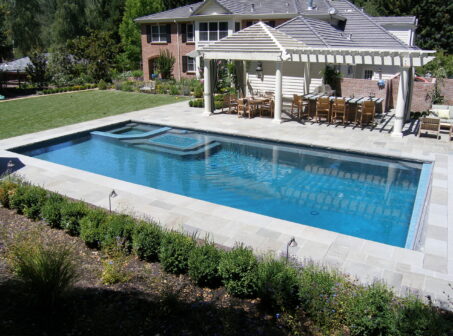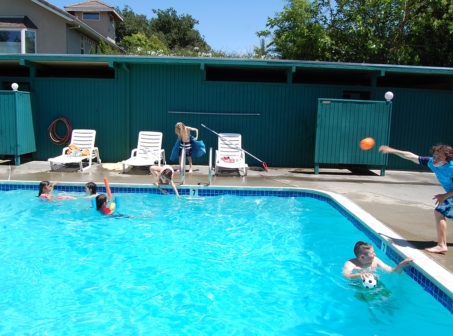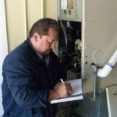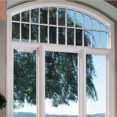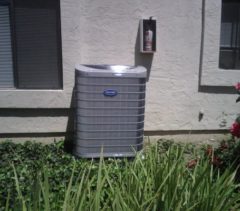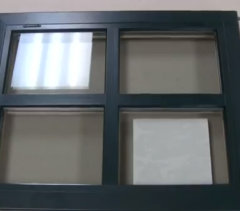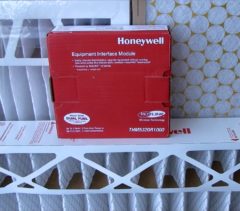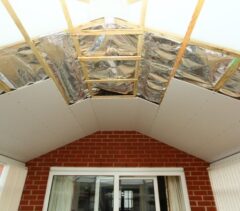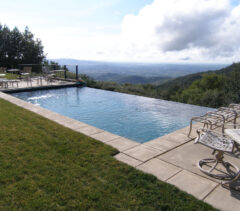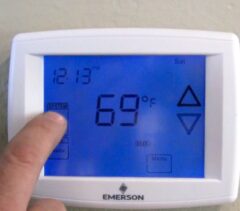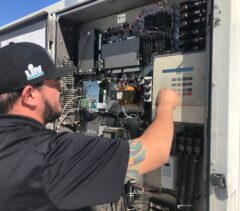
Understanding HVAC Maintenance
LIVERMORE — You’ve probably heard that HVAC maintenance is important, but you may not know why it’s important or what exactly it consists of. To provide further insight, here’s some basic information on HVAC maintenance.
Why is HVAC maintenance important?
• It improves system performance, which lowers utility bills.
• It extends the system’s operating lifespan.
• It improves indoor air quality.
• It decreases the chances of the system breaking down during periods of heavy usage.
What does HVAC maintenance consist of?
Independent maintenance
This is maintenance the homeowner performs on their own, which mainly consists of changing the system’s air filter on a regular basis. Frequency of air filter changes will depend on your usage. If you only have heating, changing your filter twice a year should suffice; if you have air conditioning as well, you should change your filter every three months.
Professional maintenance
This is maintenance that only a professional technician can perform, which primarily consists of checking the heating and air conditioning components each year, in season. When performing a maintenance service, a technician will do several things, including:
• Check and tighten electrical connections
• Test the unit to make sure the heat exchanger’s flame is burning properly/has the right color
• Check the Delta T (the temperature difference between the return air and the supply air)
• Make sure the blower is clean
• Check for any airflow issues or dirty components
By keeping up with both independent and professional maintenance, you can keep your HVAC system performing efficiently and avoid costly breakdowns.
